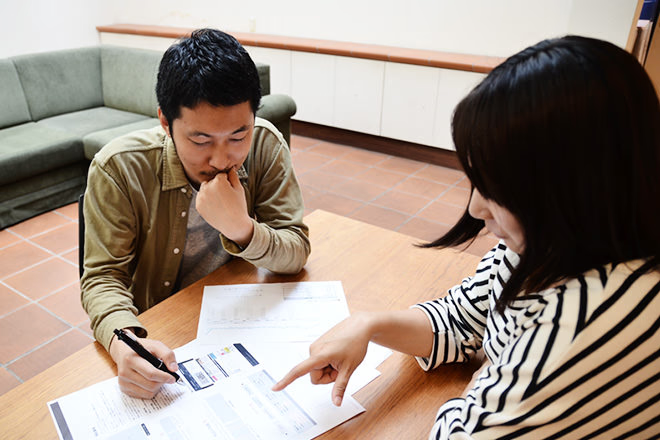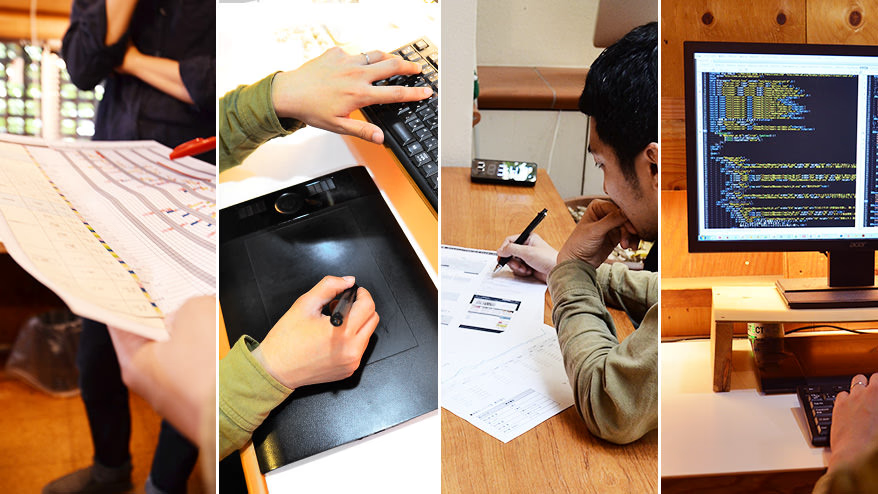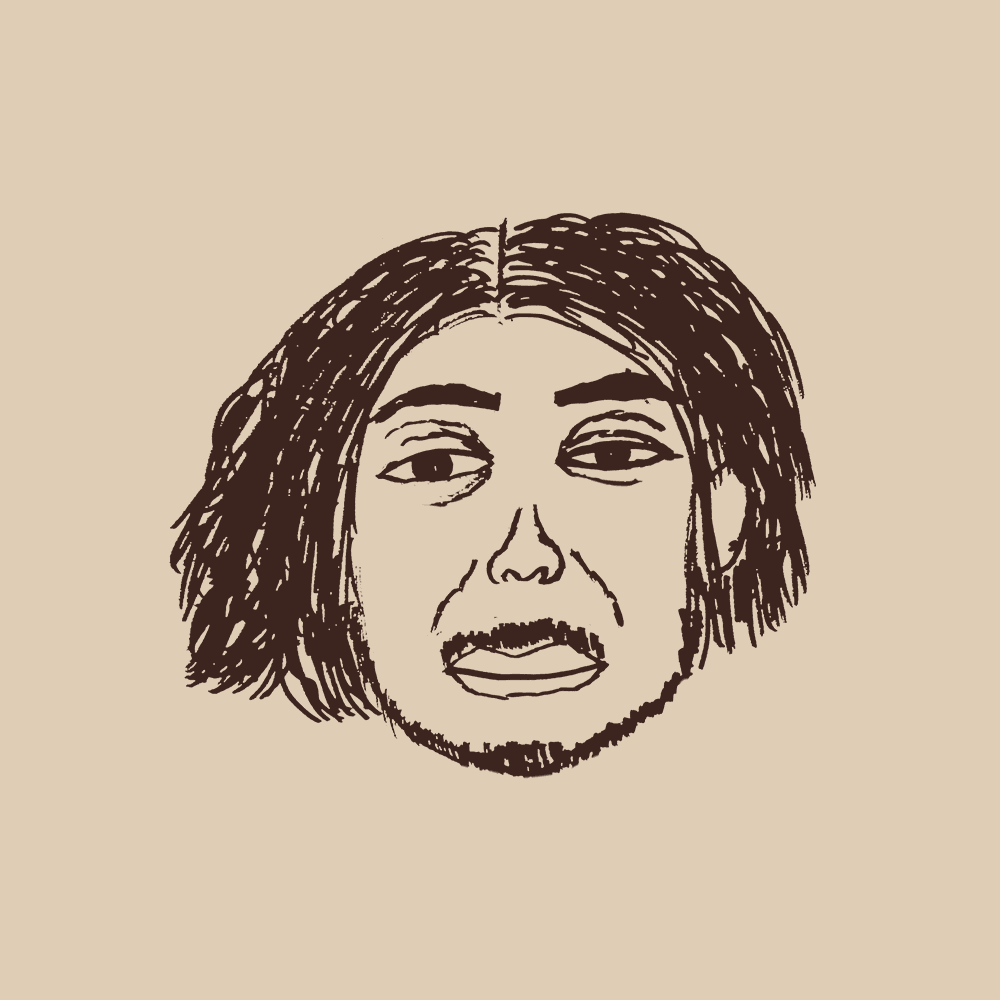こんにちは、運用チームの香川です。
私の所属する運用チームでは、ディレクション、コーディング、デザイン、プランニング、アクセス解析、SNS運用など、幅広い業務内容があり、私はその中でもデザインをメインに担当しております。
といっても、実は私の仕事はデザインだけではありません。
ディレクションや、ランディングページのワイヤーフレームの作成、時にはコーディングをしたり、Googleアナリティクスを用いたアクセス解析を行ったりします。
もちろん、基本的にはディレクター、プランナー、デザイナー、コーダーと、それぞれ主担当となる役割がありますが、その垣根を越えてなんでもやるのが運用チーム。
今回はそんな運用チームにいるからこそ学んだことを、いちデザイナーの視点からお伝えしたいと思います。
コーディングから学んだ
更新作業を見据えたデザイン

公開後も永続的に更新していくコンテンツページをデザインする際は、スムーズな運用を考え、更新作業の工数をおさえることを考慮したデザインをしなければなりません。
わかりやすい例だと、テキストの差し替え作業が頻繁に発生することが予測できる箇所は、画像ではなくデバイスフォントで表現します。
他にも、隔月で記事を追加する、コラム系コンテンツのデザインのご依頼があった際は、CSSでレイアウトを調整なしに、HTMLでテキスト・画像・リンクの編集のみで更新できるように、自由にデザインできる箇所(メインビジュアルなど)と、毎回同じレイアウトでデザインするテンプレート箇所の区別を意識してデザインします。
ページ公開後の更新作業を見据えたデザインは、突発的なご依頼への柔軟な対応など、スムーズな運用フェーズを実現する上で必要不可欠なことです。
だからこそ、デザイナー自身がコーディングでの更新業務を行うことはとても大切だと感じています。
プランニングから学んだ
提案するデザイン

日頃、ランディングページやバナーを作成する際に、担当者様からいただいた指示書や原稿を元にデザインを制作することは多々ありますが、ただ言われたことをそのままデザインに起こすことはありません。
例えばバナーひとつの制作にしても、原稿に記載されているタイトルで、本当に内容はイメージできるのかなど、プランナー寄りの視点で必ず一度いただいた指示書や原稿の内容を推敲するようにしています。ですので、時には別案として原稿をアレンジしたものをこちらからご提案させていただくこともあります。
また、デザインの経験がワイヤーフレームの制作に生きる場面もあります。
ランディングページのワイヤーフレームを作る際は、普段からデザインをしているため、デザインに起こした状態が自然と頭に浮かびます。
すると、デザインでメリハリのつけやすそうなキャッチコピーの文字数や、本文の文章量の統一感を意識したワイヤーフレームを制作することができ、結果的にその後のデザインフェーズがスムーズになります。
上記のような心がけは、以前某ECサイトの商品ページの改善提案に携わった時、エンドユーザー目線でコンテンツの改善案を提案したり、ワイヤーフレームを制作した経験を通して身につきました。
運用チームの
だれにでもいえること
今回はデザイナー目線でのお話でしたが、デザイナーに限ったことではなく、ディレクターはもちろんのこと、プランナーやコーダーにも同じことがいえるのではないかと思います。
運用チームでは、ゼロからサイトを作り上げるわけではありませんので、比較的短納期でのご依頼が多いです。
限られた短い制作期間内でより良いクリエイティブを発揮するには、ディレクター、プランナー、デザイナー、コーダーが、自分の担当以外の視点を持って仕事をブラッシュアップすることが必要です。やはり何といってもスムーズな運用業務を実現するには後行程を考慮した仕事が欠かせません。
自分の仕事は一つじゃない「なんでもやる」運用チームのスタンスをメンバー皆が持つことで、主担当の仕事のスキルアップや、案件のスピード感につながるのではないかと思います。
最後になりますが、今回こうして自分の仕事を言葉にして振り返ってみて、改めて運用チームに求められるスキルの幅広さを再確認すると同時に、「自分はいろいろなことに挑戦できる環境に身を置いているんだ」ということを実感できました。
今後も運用チームにいるからこそ経験できることにどんどん挑戦し、いちデザイナーとして、そしていちWEBマスターとして成長していきたいと思います。

